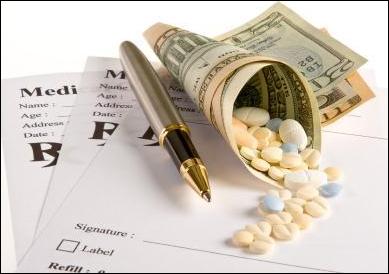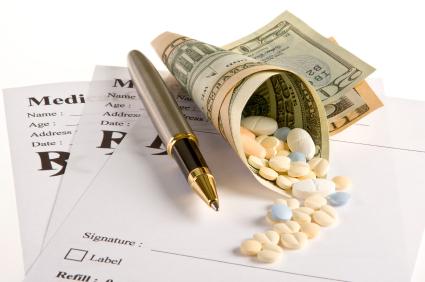 The American healthcare system saved more than $1 trillion over the past 10 years from buying generic prescription drugs, according to a study released by the Generic Pharmaceutical Association.
The American healthcare system saved more than $1 trillion over the past 10 years from buying generic prescription drugs, according to a study released by the Generic Pharmaceutical Association.
The study put the current savings at $1 billion every other day — totaling $193 billion in 2011.
It was conducted by the IMS Institute for Healthcare Informatics, a division of IMS Health.
“The remarkable findings demonstrated in this report are a testament not only to the generic industry’s tremendous accomplishments over the past decade, but to the even greater achievements that are still to come,” Ralph G. Neas, President and CEO of GphA, said in a statement. “The Generic Drug Savings study shows conclusively that, as Congress and the White House gear up for the fiscal challenges facing them in the coming year, generic and biosimilar utilization are the best places to go for the ‘offsets’ that everyone will be desperately seeking. The sustainability of the health care system and the national economy depend in significant measure on the availability of affordable medicines.”
Other findings of the Generic Drug Savings study show:
• Savings from generics in 2011 increased 22 percent over the prior year, marking the largest year-over-year increase since 1998, and 10 percentage points higher than the 10-year average.
• Savings from newer generic medicines — those that have entered the market since 2002 — continue to increase exponentially, totaling $481 billion over the past 10 years.
• Generic versions of central nervous system drugs, such as antidepressants and anticonvulsants, and cardiovascular drugs account for 57 percent of the annual savings.
• In 2011, nearly 80 percent of the 4 billion prescriptions written in the U.S. were dispensed using generic medicines, while accounting for only 27 percent of the total drug spending.
• Even with the savings provided by generics, the innovation of new medicines has not slowed.












